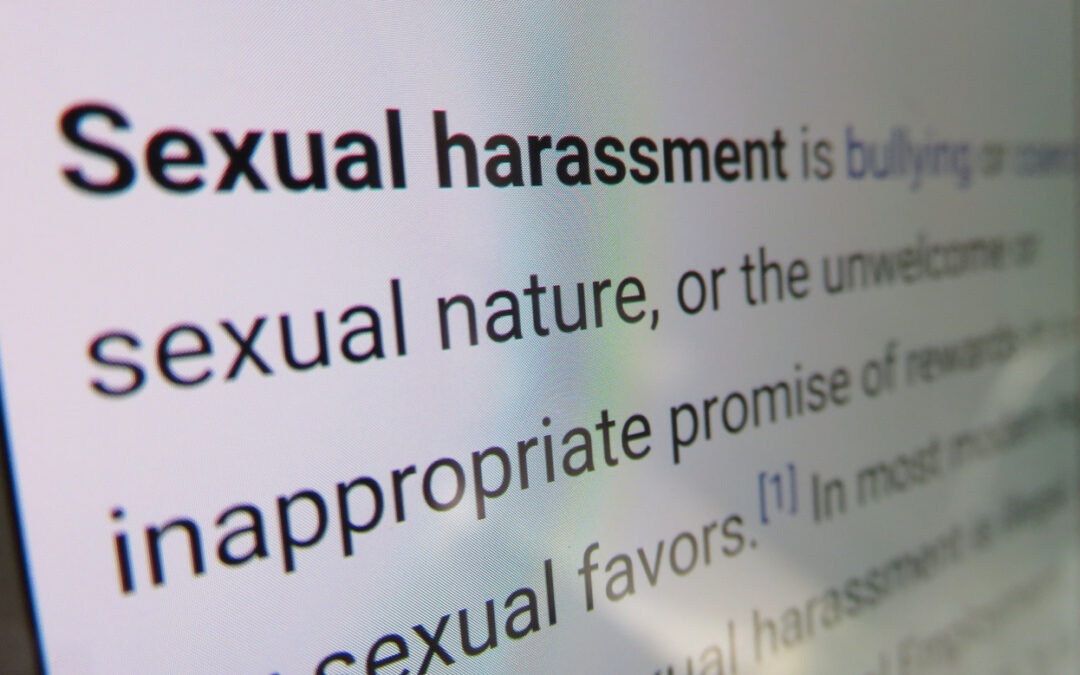Under an interesting set of facts, the Eleventh Circuit recently reversed the district court’s grant of summary judgment to the employer on a sexual harassment claim, but affirmed summary judgment on the retaliation component. In Furcron v. Mail Centers Plus, LLC, 2016 WL 7321211 (11th Cir., December 16, 2016), Furcron’s employer provided administrative support to large companies, and Furcron was assigned as mail clerk in Coca-Cola’s offices in Atlanta. In November of 2012, the alleged harasser, Seligman, was transferred to the same office. Seligman suffered from Asperger’s syndrome which led to, shall we say, difficulties in the workplace. Those included invading Furcron’s personal space, staring at her, and efforts in attempting to look down Furcron’s shirt or underwear while bent over. Most disturbing, Seligman would often display an erect penis while staring at Furcron and even brushed up against her on occasion. This behavior was observed by several co-employees. Early on in this scenario, Furcron took a photograph of Seligman’s erection, ostensibly to support her claim of sexual harassment, which she subsequently made to her supervisor and other management officials.
Furcron raised her complaints with her supervisor on December 3, 2012, who then reported the matter to the Wright, the employer’s Manager of Operations. The next day, Furcron met with two other managers to discuss the photo and her concerns. (There was also evidence that Furcron had showed the photograph to three non-management employees, although the timing of that was disputed). In any event, on December 5, Furcron sent an email to Human Resources and two other managers indicating that she feared for her safety and needed to speak to someone. On that same day, a meeting was conducted with Wright, and Davie, the Human Resources Manager. At the conclusion of this meeting, Furcron was suspended. According to the employer, it was due to the Furcron having taken the photograph and showing it to others; according to Furcron, the suspension was in order to allow the employer to conduct an investigation. (Although it was disputed, the employer also advised Furcron at this meeting not to discuss the complaint with anyone else). On December 7, Furcron was terminated for taking the photograph without Seligman’s permission and showing it to other employees. (The employer had also been advised by representatives of Coca-Cola on December 6 that Furcron had discussed the issues with Seligman with them).
At summary judgment, the district court excluded portions of Furcron’s declaration, and those of other employees, for what the court found were inconsistencies. As result, the district court found that Furcron had failed to submit sufficient evidence that the claimed harassment was severe or pervasive; and also dismissed Furcron’s retaliation claim as she had not engaged in protected activity and had failed to establish pretext for her termination.
On appeal, the court had little difficulty in overruling the district court’s exclusion of the declarations and its resultant conclusion on the harassment claim; and remanded the case on that basis. Perhaps the more interesting portion of the decision relates to the retaliation claim. Contrary to the district court’s ruling on the first prima facie element of protected activity, the court found Furcron had satisfied that element. Based on her deposition testimony regarding what she had told her supervisor and Wright, the court found the nature and severity of the conduct complained of was sufficient to support an objectively reasonable belief that the conduct constituted sexual harassment.
However, on the issue of rebuttal of the prima facie case, the court noted that the employer had advanced three reasons for the termination: (1) Furcron’s showing the photograph to other employees violated its sexual harassment policy; (2) that she continued to show the photograph after being instructed not to do so; and (3) she had discussed the matter with Coca-Cola representatives. The record reflected that the employer’s policy prohibited offensive “written or graphic material” and that Furcron had in fact showed the photograph to other employees. The court held this evidence raised a genuine issue of fact and the employer had carried its burden on this issue. Although Furcron disagreed with the court’s deference to the employer’s explanations, the court noted that its determination could involve no credibility determination at this stage.
Thus, the issue fell to any argument of pretext. Although Furcron argued that she had previously been advised by a previous supervisor to take pictures of any improprieties in the workplace, the court noted that even if that was true, there was nevertheless a violation of the employer’s harassment policy. The court also noted that there was uncontradicted testimony that Wright had previously instructed Furcron not to take photographs of employees in the workplace. The court concluded that Furcron’s arguments amounted to quarrelling with the wisdom of the employer’s reasons rather than exposing any inconsistencies or contradictions. The court thus concluded that there was insufficient evidence to raise an inference of pretext for retaliation and affirmed the district court on that issue.

